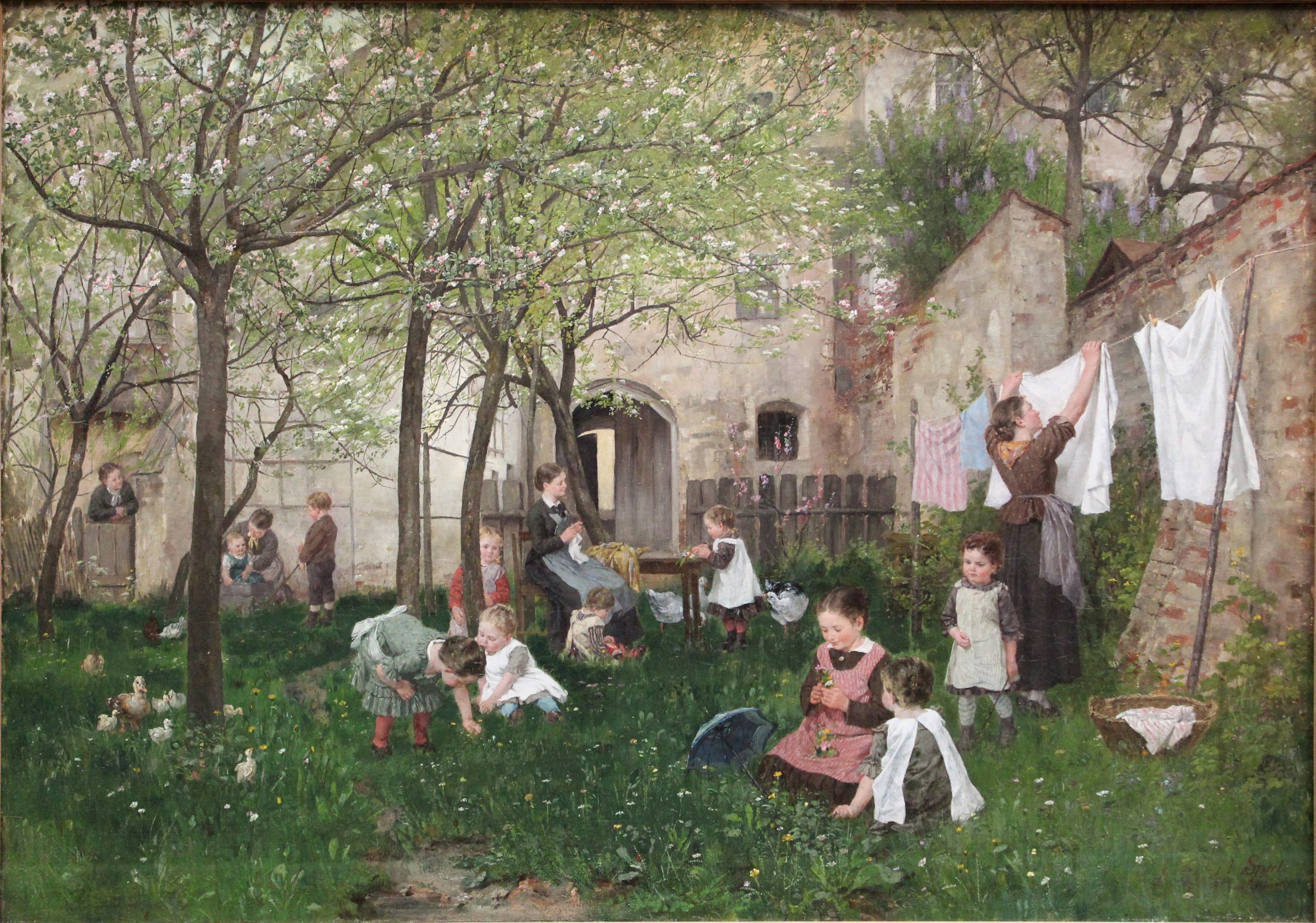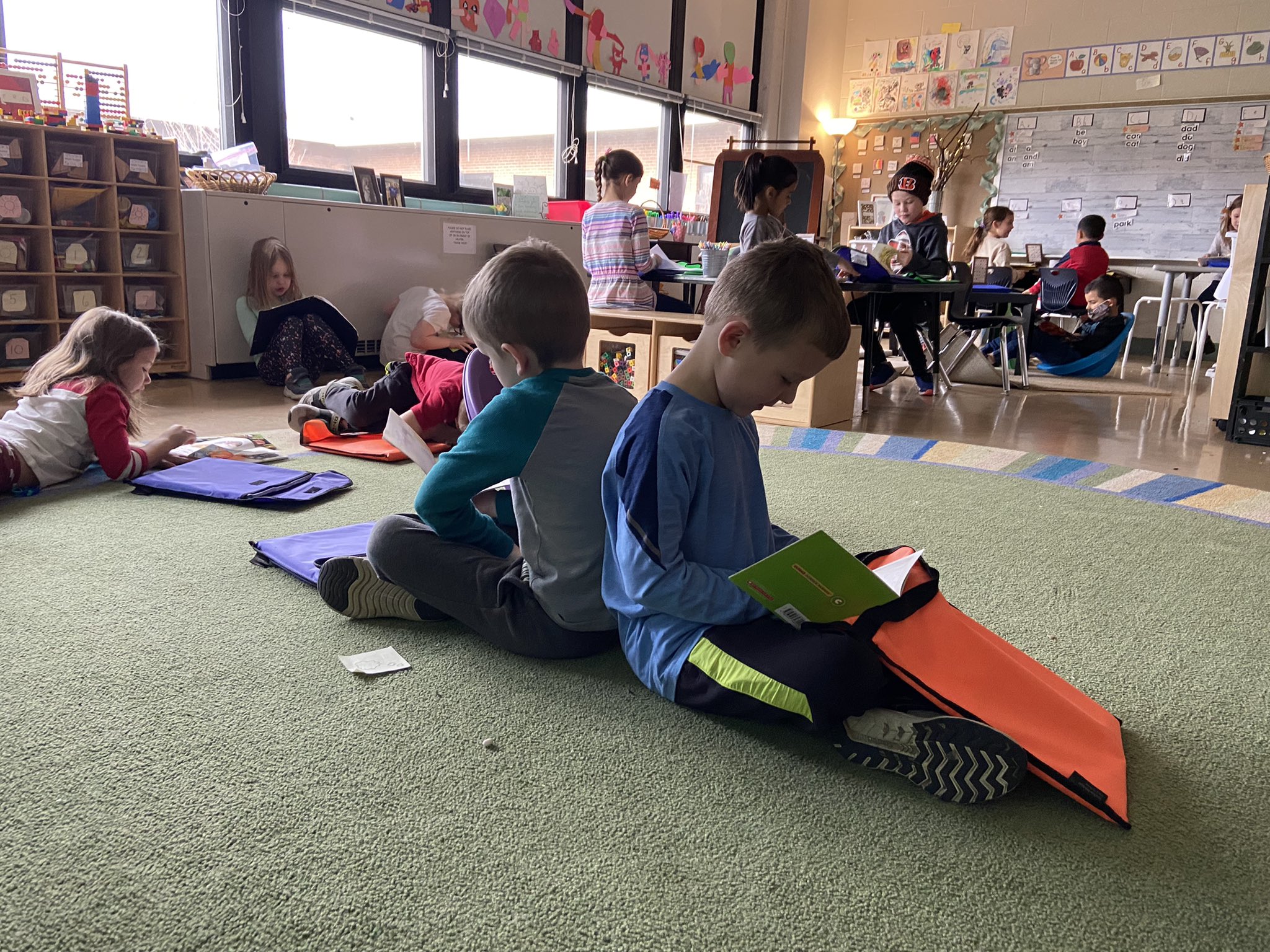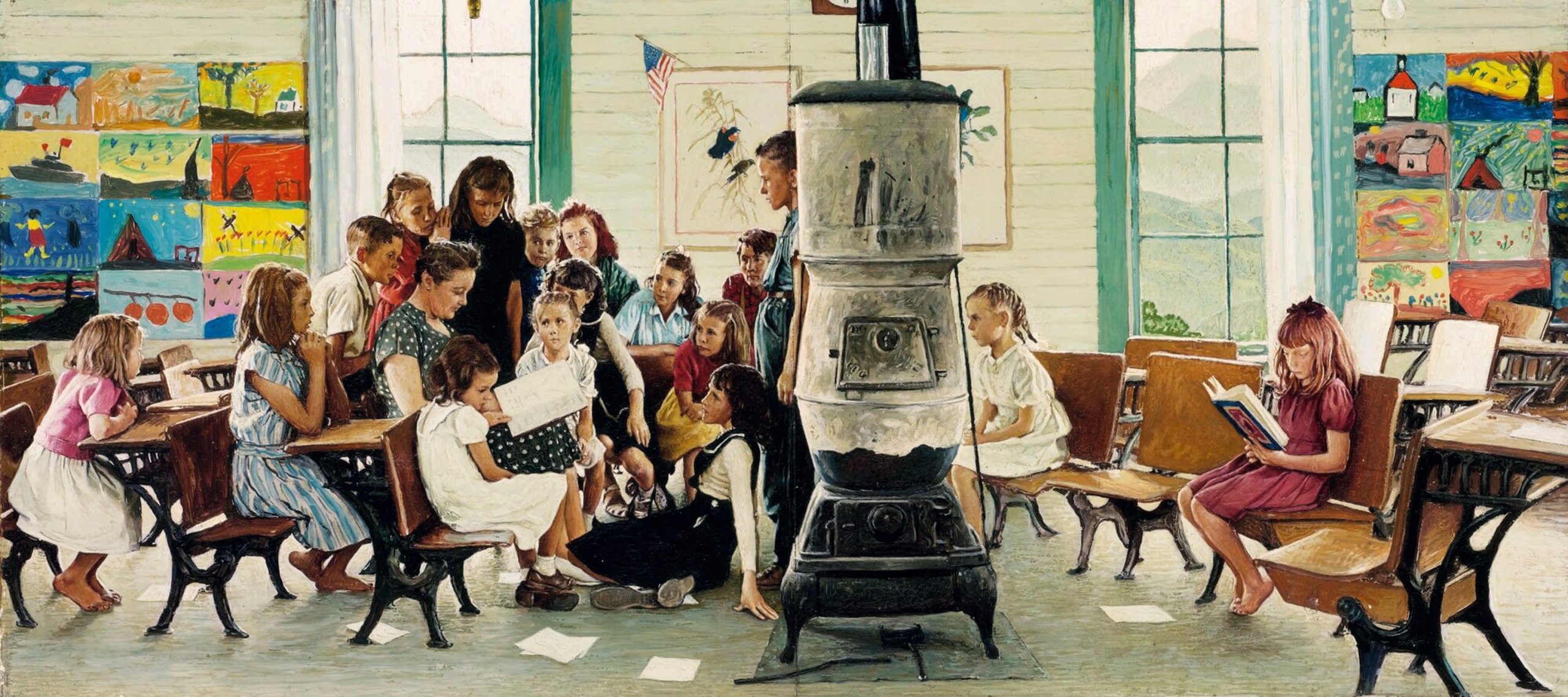Join us today when we examine the state of the literature that governs the safety and performance of occupancies designed and operated for the care of children specifically; family support generally. There is a fair amount of overlap in the safety and performance principles in the titles which frequently reference each other; all of them responding to unintended incidents, innovation and new discoveries.
In hospitals and clinics, the titles we follow — and engage with proposed revisions — are listed below:
- NFPA 99: Health Care Facilities Code: NFPA 99 provides specific requirements for the safe and effective operation of healthcare facilities, including those serving pediatric patients.
- American Academy of Pediatrics Guidelines: While not legally binding, guidelines provided by organizations like the AAP offer best practices for pediatric care, including safety considerations.
- The Joint Commission Standards for the Accreditation of Children’s Hospitals: The Joint Commission sets standards for healthcare organizations and programs in the United States. Compliance with these standards ensures the safety and quality of care provided to pediatric patients.
- ISO Healthcare Organization Management
- International Building Codes
- IEEE Education & Healthcare Facilities Committee
Since the ASHRAE catalog is growing to encompass every occupancy on earth; we keep pace with it; There’s never not something happening there is not relevant to our work:
Hoover Institution: The De-Population Bomb
To repeat a statement made throughout the Standards Michigan facility: We place the Underwriters Laboratory and ASTM International best practice catalogs at a lower priority because the business models of those organizations deal primarily with product standards — not interoperability standards. You will see UL and ASTM labels on many, many products within pediatric and daycare environments but, as a user-interest, we do not have the resources to engage with the UL and ASTM suite product-by-product; essential as they may be.
Ensuring the safety of children in daycare centers involves compliance with various codes and standards in the United States. Here are some key ones:
- International Fire Code (IFC): The IFC includes provisions for fire prevention and protection measures in buildings, including daycare centers. It addresses fire detection, alarm systems, fire extinguishing equipment, and evacuation planning.
- Americans with Disabilities Act (ADA): The ADA sets requirements for accessibility in public accommodations, including daycare centers. It includes provisions for accessible routes, entrances, restrooms, and other facilities to accommodate children with disabilities.
- National Fire Protection Association (NFPA) 101: Life Safety Code: NFPA 101 provides requirements for the design, construction, and operation of buildings to protect occupants from fire and other hazards. It covers aspects such as means of egress, fire protection systems, and emergency planning.
- NFPA 1: Fire Code: NFPA 1 addresses fire prevention measures in various occupancies, including daycare centers. It includes requirements for fire alarm systems, fire extinguishers, emergency lighting, and other fire safety features.
- ASTM F2373 – Standard Consumer Safety Performance Specification for Public Use Play Equipment for Children 6 Months through 23 Months: This standard specifies safety requirements for play equipment commonly found in daycare centers, ensuring the safety of young children during play activities.
- National Association for the Education of Young Children (NAEYC) Standards: While not legally binding, NAEYC sets voluntary accreditation standards for childcare programs, focusing on quality, safety, and child development.
Governmental agencies at all levels incorporate these titles — partially or whole cloth — present additional, typically more rigorous requirements.
Of course, the primary hazard we address is the presence of reliable of safe and economical electricity. All of the foregoing titles depend upon electricity so we deal with the technical literature on electricity on a near-continuous basis.
Use the login credentials at the upper right of our homepage.










